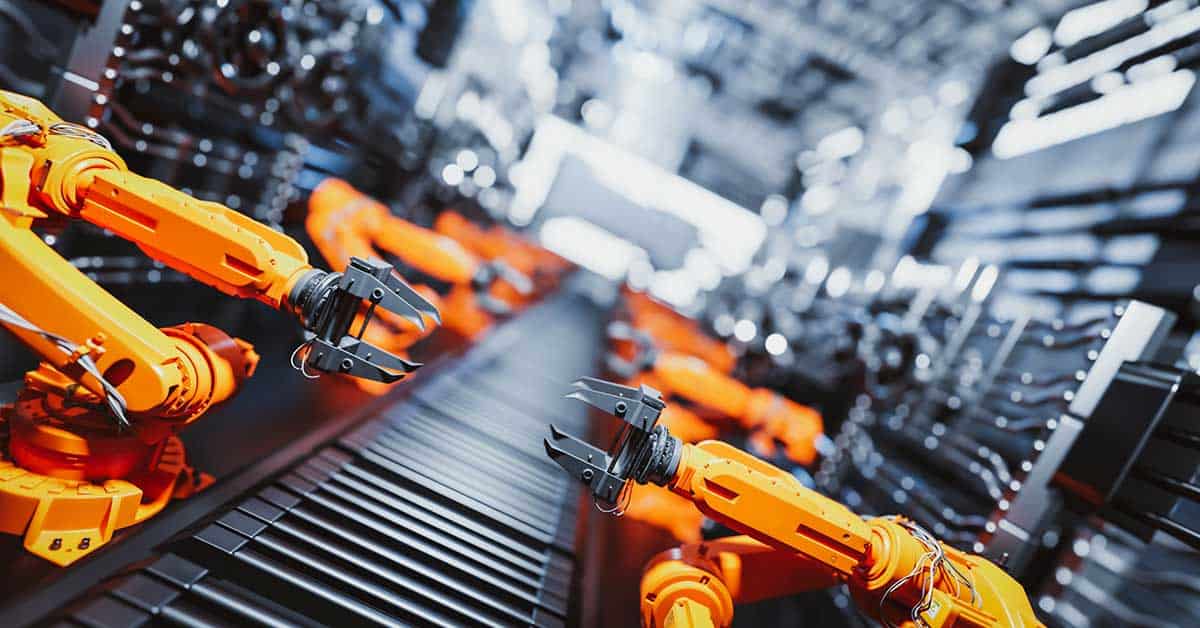Table of Contents
Artificial Intelligence (AI) can seem intimidating at first, but it’s simpler to understand than you might think. Generative AI is a type of artificial intelligence that creates new, original content. It can produce text, images, music, or even videos based on patterns learned from existing data.
What is Generative AI?
Generative AI refers to AI systems that generate new content rather than just analyzing existing data. For example, if you’ve ever seen AI-generated art, poems, or stories online, that’s generative AI in action.
How Do Generative AI Algorithms Work?
Algorithms are step-by-step instructions that guide AI in learning and performing tasks. Generative AI uses special algorithms called “neural networks”—like digital brains—that learn from millions of examples to produce new content.
The Speed and Accuracy of Generative AI
Generative AI is incredibly fast—it can create detailed content in seconds. For example, ChatGPT can instantly generate answers to questions, summarize articles, or even write entire stories quickly.
Accuracy in generative AI depends on the data it was trained on. If trained properly, it can produce accurate, helpful responses most of the time. However, it’s important to double-check important information because occasionally, AI might produce inaccuracies.
Reliability of Generative AI
Generative AI is generally reliable for everyday tasks, such as creating draft emails, summarizing documents, or answering common questions. Its reliability improves continuously as it learns from more data.
However, because generative AI learns from data that humans have created, it can sometimes make mistakes or produce biased content. It’s always best to review AI-generated content, especially for critical or sensitive tasks.
How Does Generative AI Predict?
Generative AI predicts by recognizing patterns in the data it learns from. Imagine reading hundreds of books and learning to guess what might happen next in a story. Generative AI does something similar—it predicts what words or images come next based on patterns it has learned.
Simple Examples:
• Text prediction: When you text a friend and your phone suggests the next word—that’s generative AI predicting your message.
• Music: AI-generated playlists on music apps predict songs you’ll like based on your previous listening habits.
• Recommendations: When Netflix recommends shows or movies, it’s using generative AI to predict what you’ll enjoy next.
Easy-to-Understand Examples of Generative AI
• Chatbots: If you’ve ever chatted with an online assistant, you’ve interacted with generative AI.
• AI Art Generators: Apps that create unique artworks based on a short description you provide.
Final Thoughts
Generative AI is powerful, fast, and increasingly reliable. It’s designed to help people complete tasks efficiently by predicting and creating useful, relevant content. No matter your level of familiarity or IQ, understanding these basics empowers you to use AI confidently and effectively in every life.




